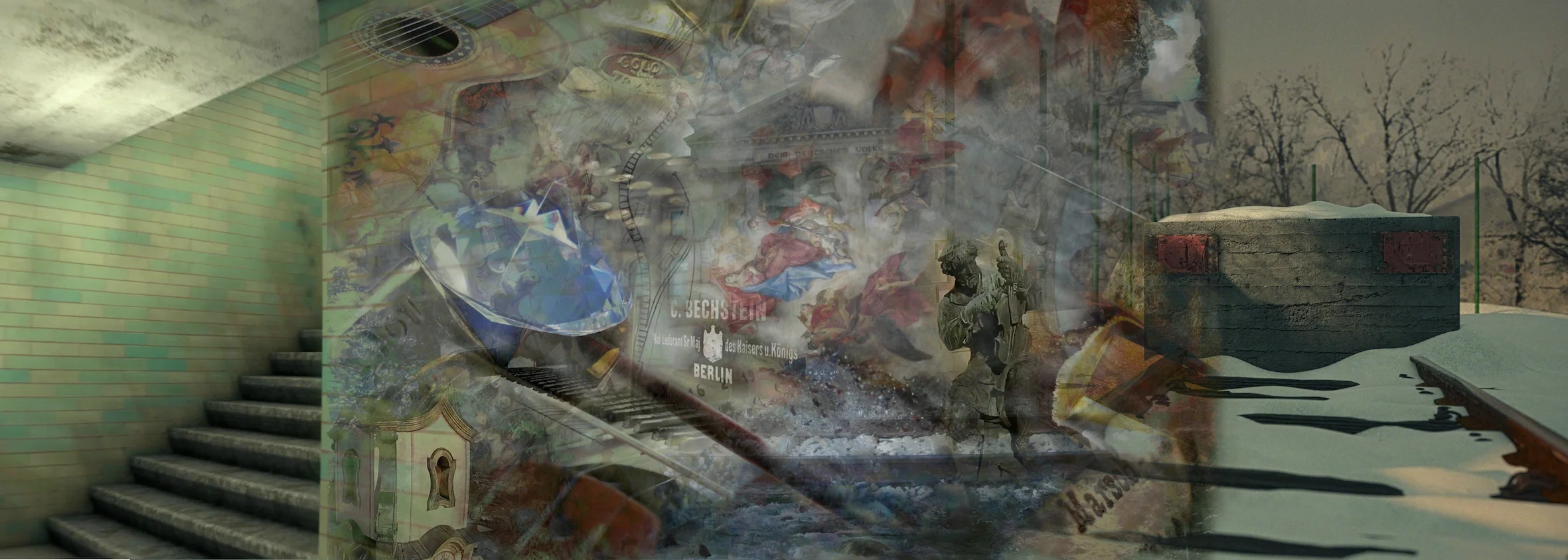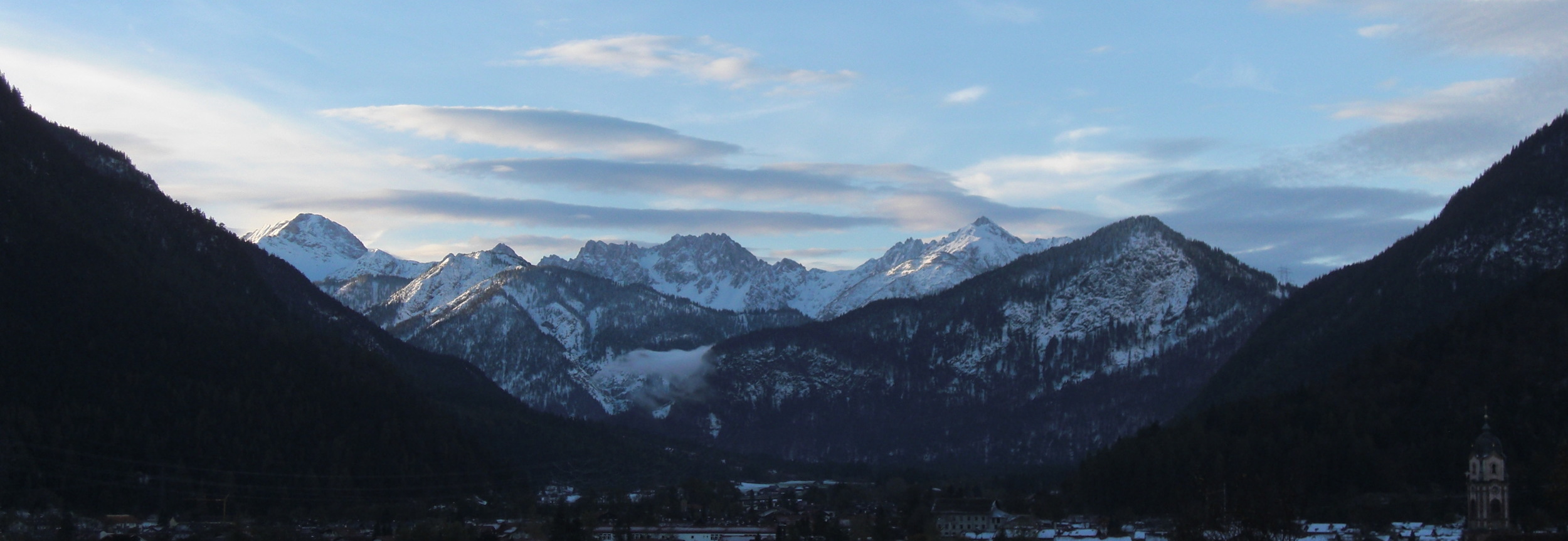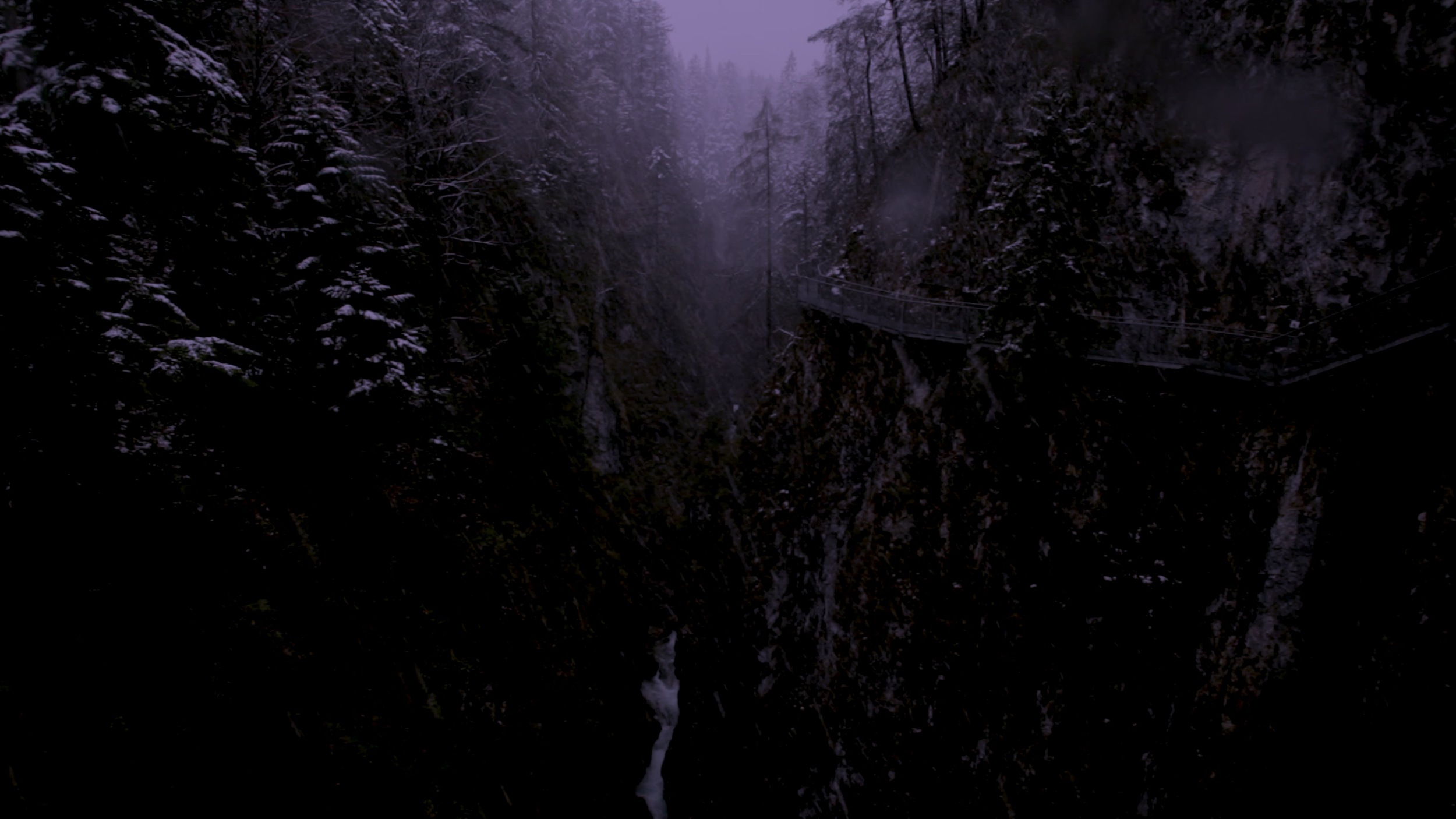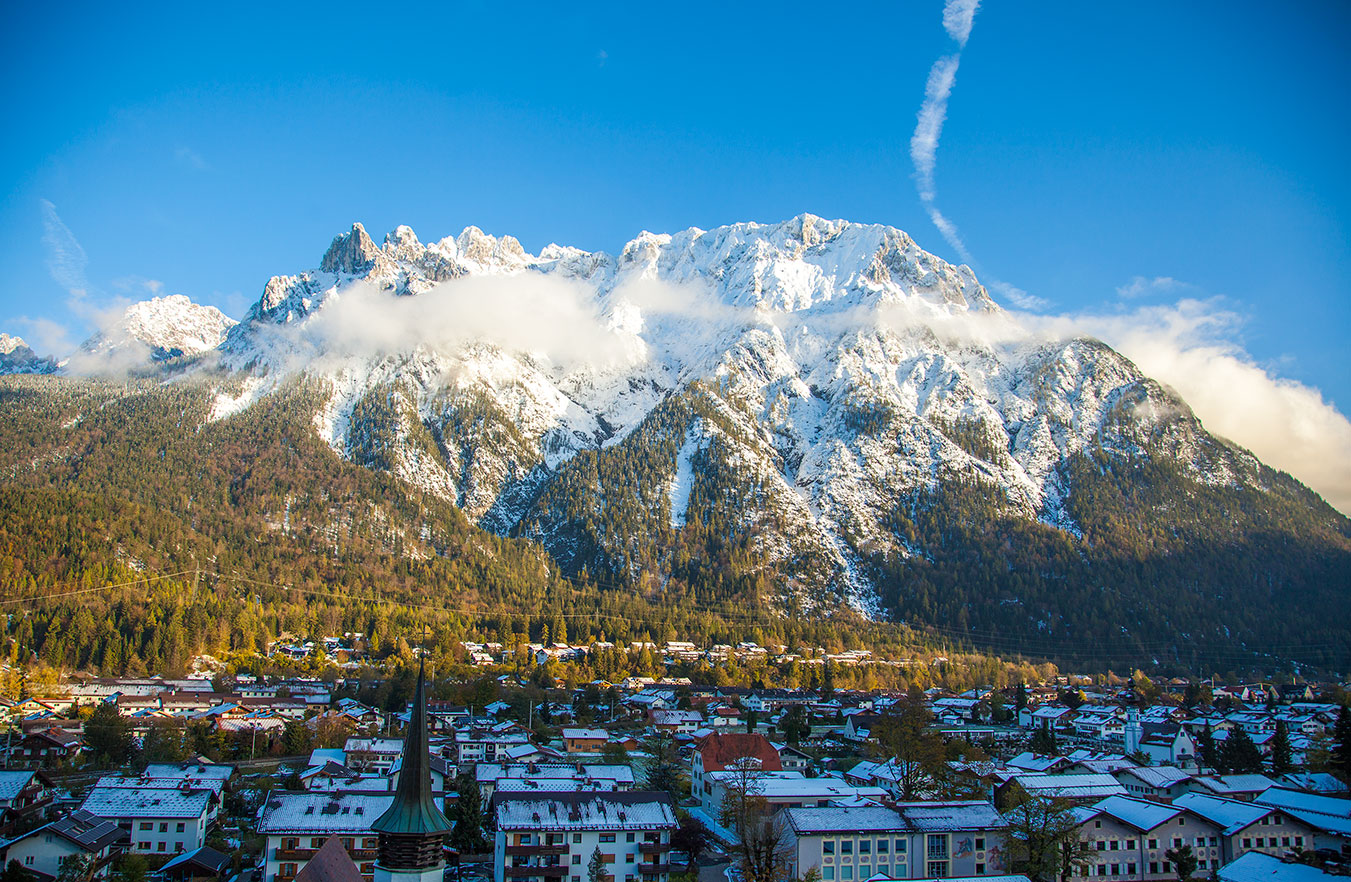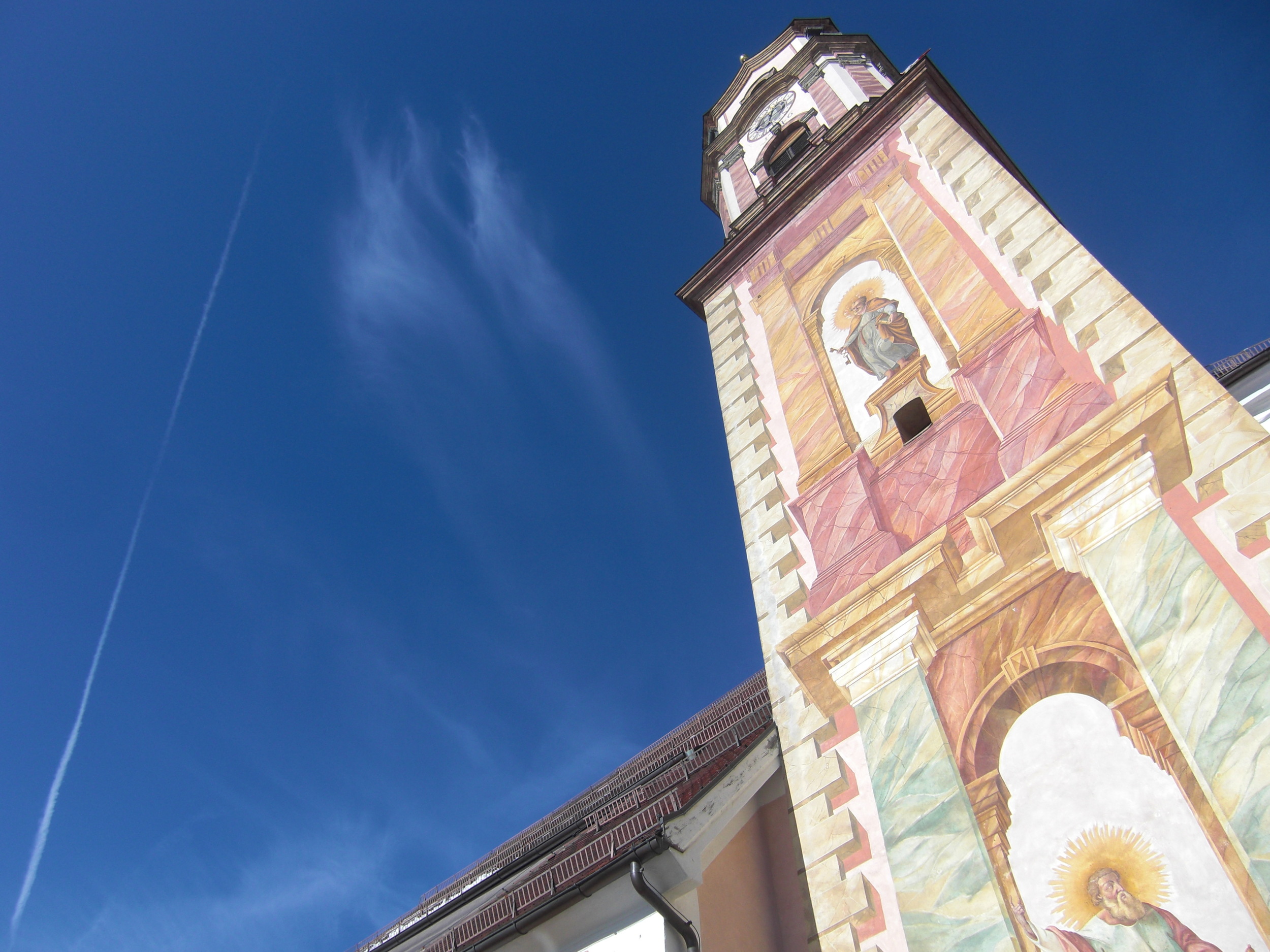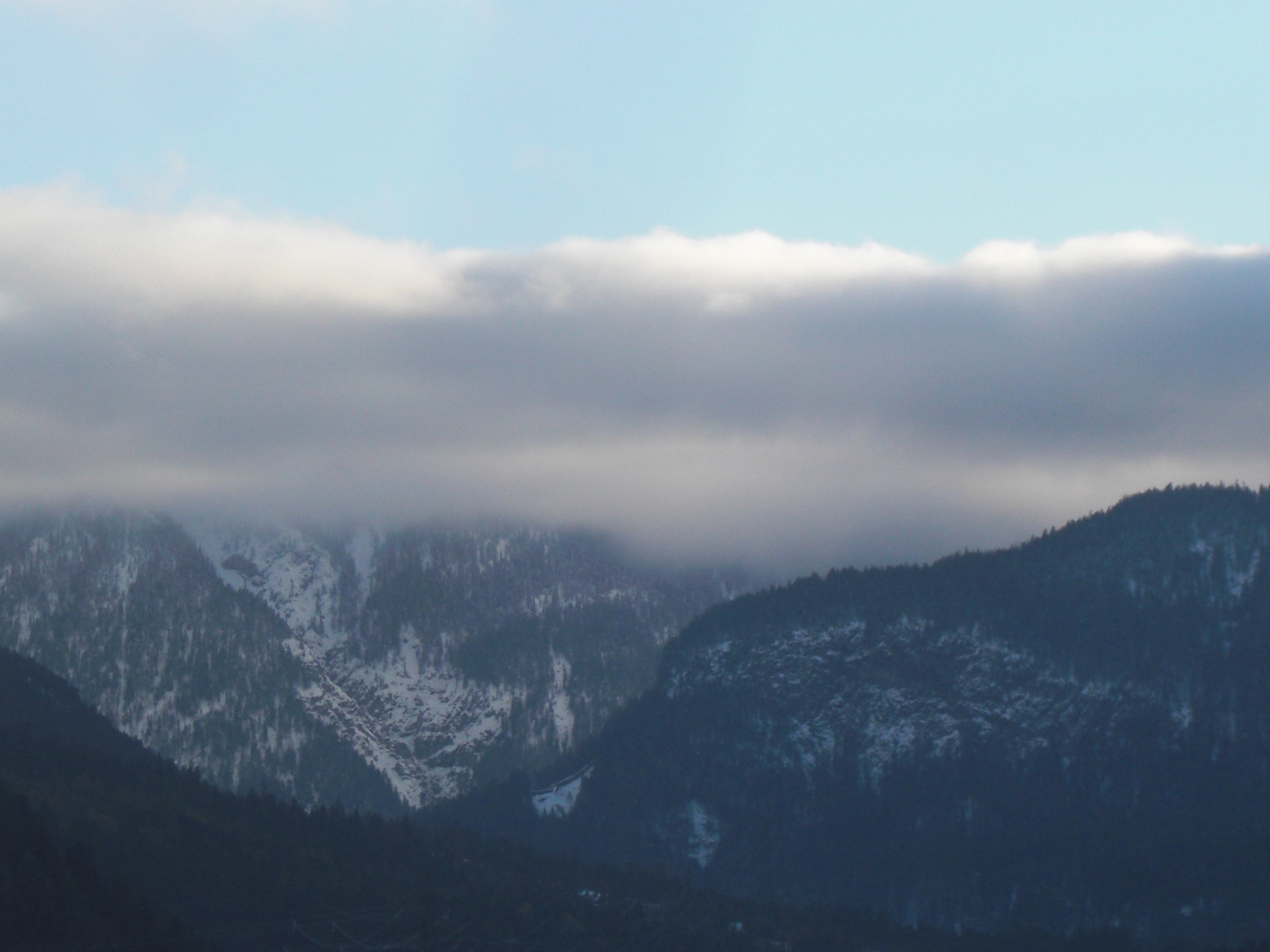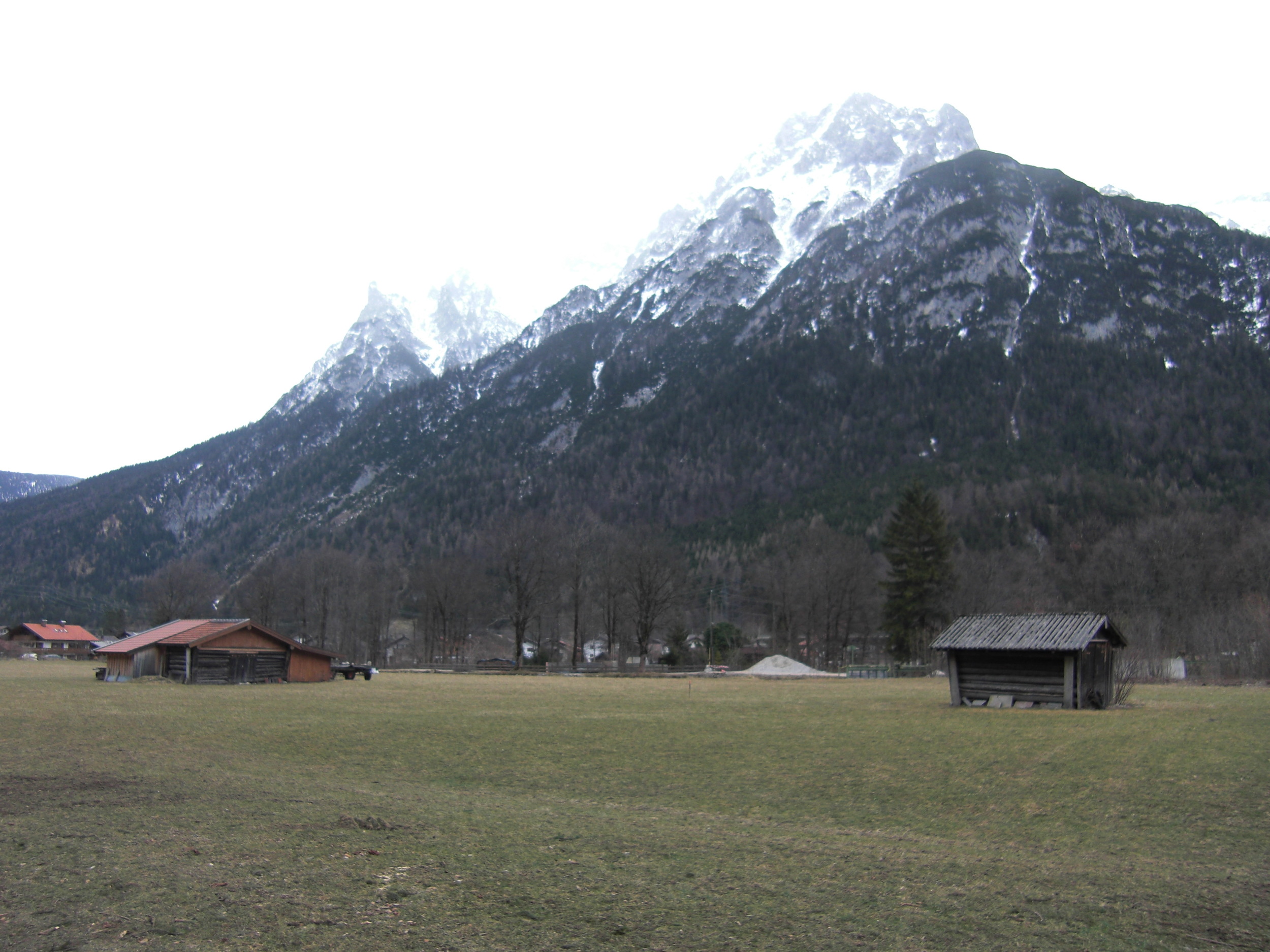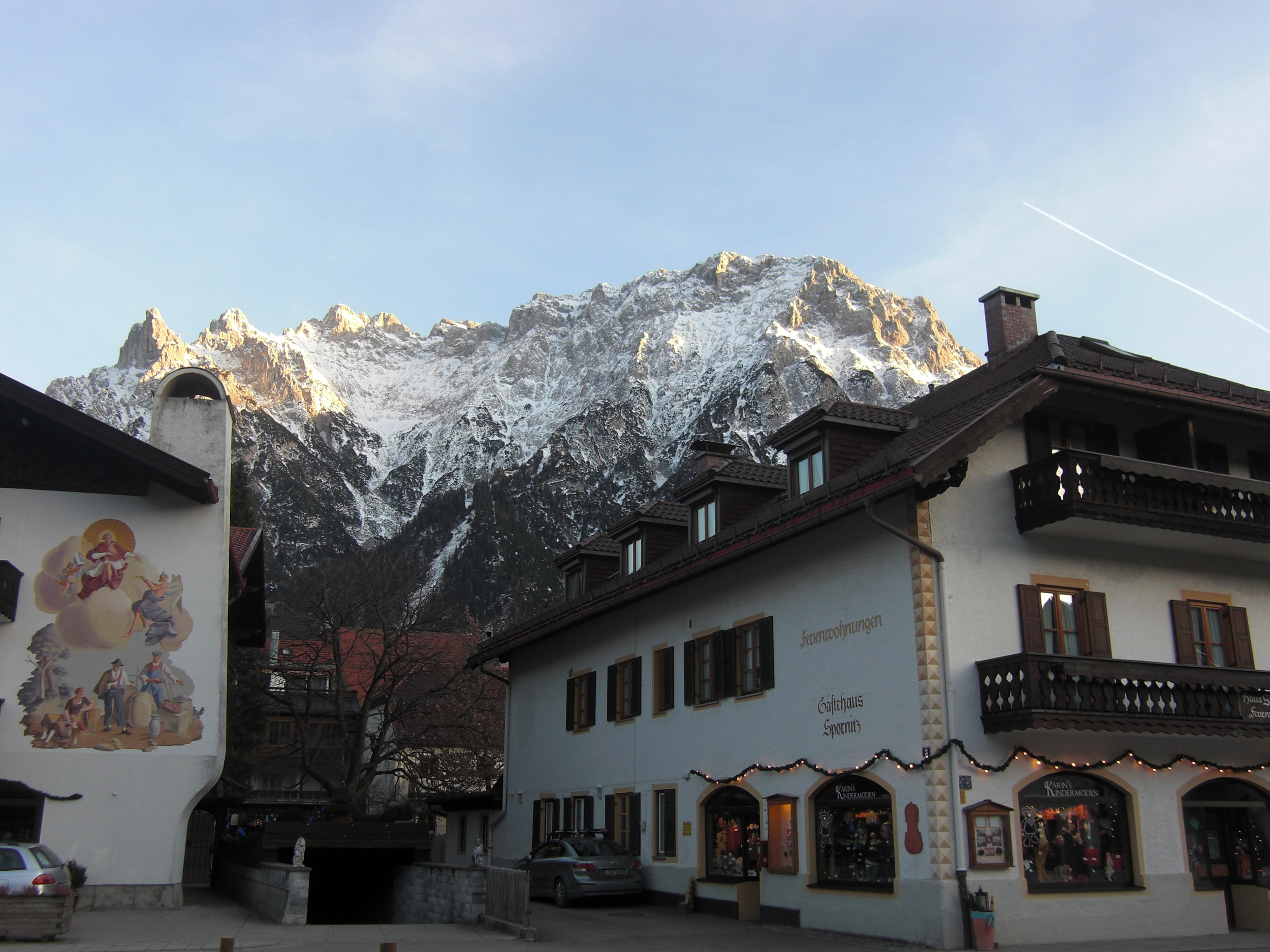A TALE THAT HAS TO BE TOLD...
I dedicate my life to music. Most of the people will know me as a guitarist as well as a music teacher, but my greatest passion is violin making. Above all, my invention of the Violtar, a six stringed electrical violin. And it was the violin –more specifically, the wood – that put me on the trail of a mythical search that resulted in a amazing year, a secret adventure and finally my discovery; the secret hiding place where the music score "Marsch-Impromptu" lead us to. I reveal my search and decryption in my book 'Tears of the Wolf', a tale of my love for Mittenwald, violins, and rockmusic and finally this mysterious search for a possible Nazi treasure.
War
My grandfather was an alt violinist. He survived the camps in the war thanks to his profession. His story inspired me to start playing the violin a long time ago and later even to build them once I received a brochure on Mittenwald from him. In this little town in Southern Germany you can find suppliers of special tonewood and tools for violin makers. After my first visit as a young teenager I fell in love with the place and have returned several times a year since, most of all to buy my materials for my musical instruments.’
Twist
04-09-2013 On this evening my wife called me to the television. In the Dutch television show "De Wereld Draait Door" there was an item on Mittenwald. I followed the program carefully (Journalist Karl Hammer and theatermaker Leon Giesen spoke of the Nazi treasure hidden in Mittenwald, the tears of the wolf, probably diamonds and gold, and their search). I couldn't believe that a Nazi treasure was connected to my Mittenwald, the village of violins. The next day I looked up information on this treasure on the Internet and found the music score ‘’Marsch-Impromptu’’ by componist Gottfried Federlein. Research journalist Karl Hammer had posted this music score online, riddled with rune signs and typed annotations. I wanted to know what was true and what wasn't. There was only one way I could go. I started from scratch and the idea I could decypher the music score resulted in a year and a half frenzied search.
Enigma
I studied the score; at first glance an unappealing piece of sheet music with typed annotations and runes. I noticed some identical names what could probably could be a connection between a Nazi treasure and Mittenwald. Still, I wasn't convinced but the document intrigued me. Leon Giesen concluded that the runes were added as a distraction. To me however, it seemed the signs and typed letters were there for a reason after all. I soon discovered a typical number. A number that returns over and over again, between the bars as well as encrypted throughout the score. The more I studied the piece, the more I discovered: the letters, the number and the signs reveal a route. This was the moment I slowly found all the answers to this riddle. The exact location the score leads us to.’
Result
I'm no Indiana Jones, but just a musician at heart. So I will not be digging in Mittenwald myself. I have written down all I discovered and published in limited edition book, that I presented it to mayor Adolf Hornsteiner of Mittenwald and the German minister of Defense, Ursula von der Leyen, recently. Because I think I have cracked the code, and history cannot be ignored, that is the most important thing. My Mittenwald is not only the city of violins, but also a very important military location fot the Third Reich. The story as it came to me is my personal adventure, as it was the inspiration for the book ‘’Tears of the Wolf’’ and finally the rockopera, 'cause I'm a musician and not a real treasure hunter. This Rockopera describes the quest and my findings in a way I have experienced this, with all my doubts, discoveries and thoughts. Great musicians I greatly admire, also an amazing illustrator and several artists: they’ve helped me to tell this unique story of my Mittenwald, my love for rockmusic and violins and the mysterious search for a controversial treasure and tradition of the past.
My deepest wish would be the realization of a war memorial for the victims of the Holocaust at the exact location the score leads us to.’
THE MAP
The railway track in the middle of the town will lead us further..
The original railway track before the Second World War.
And on this old picture you see the view of the military compounds.
